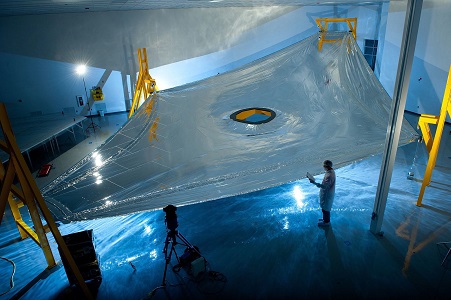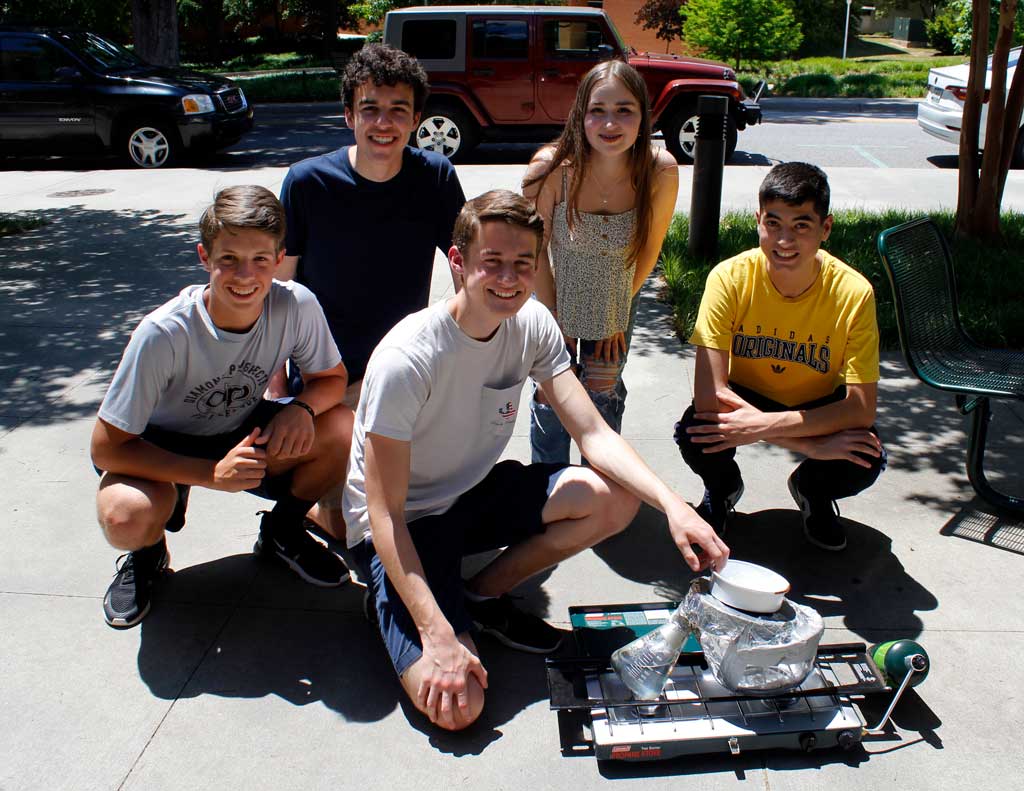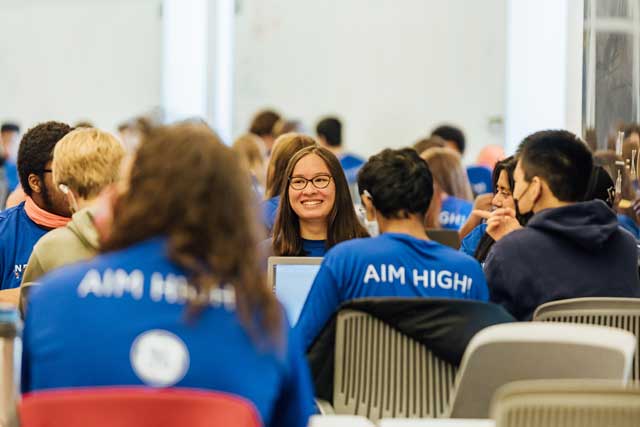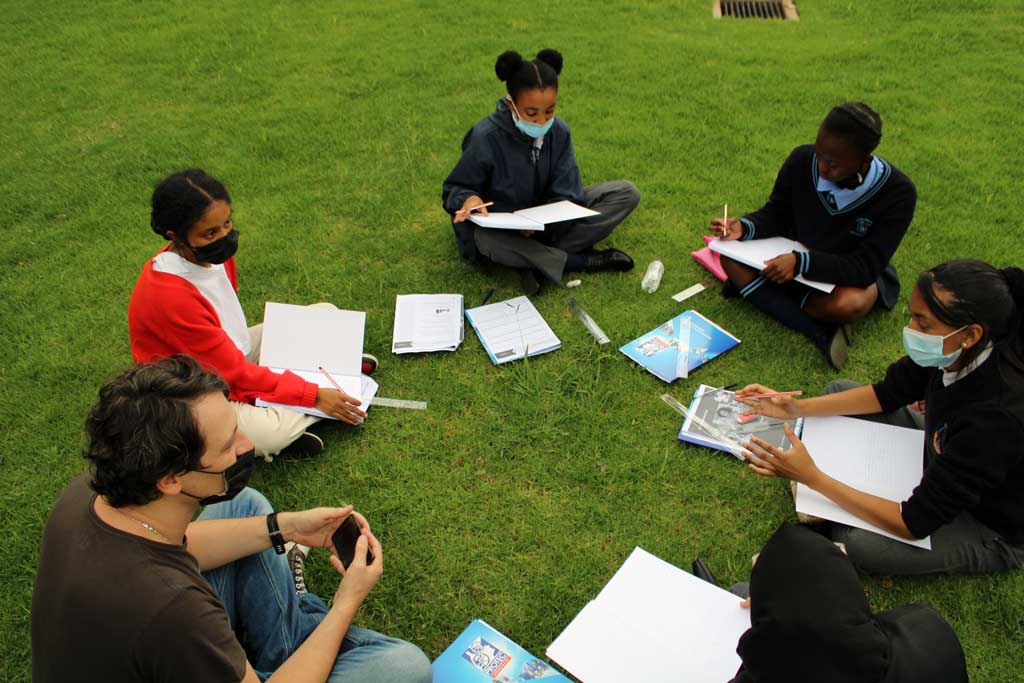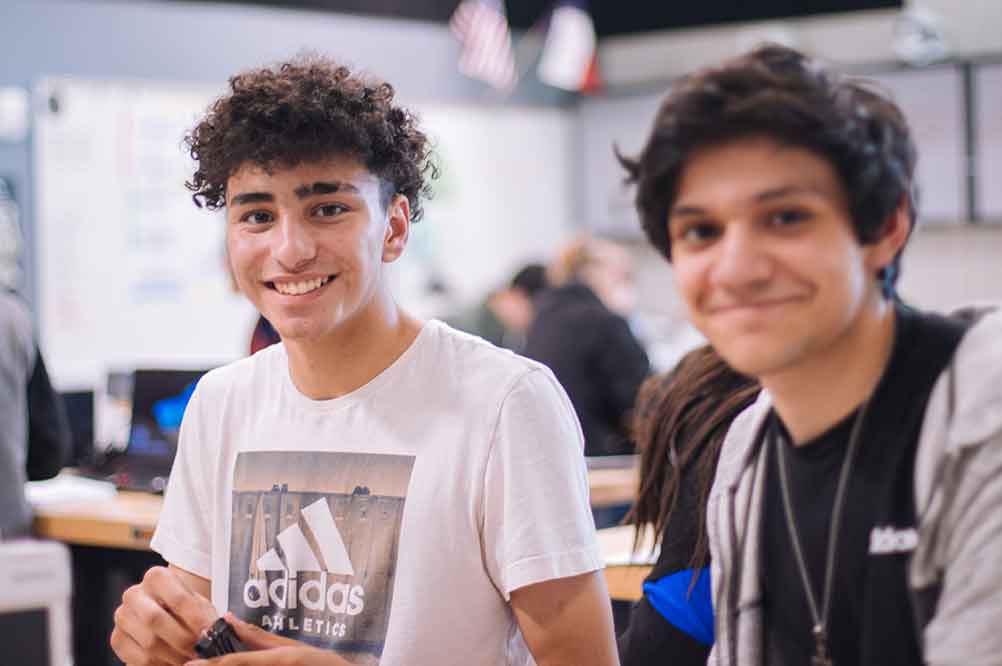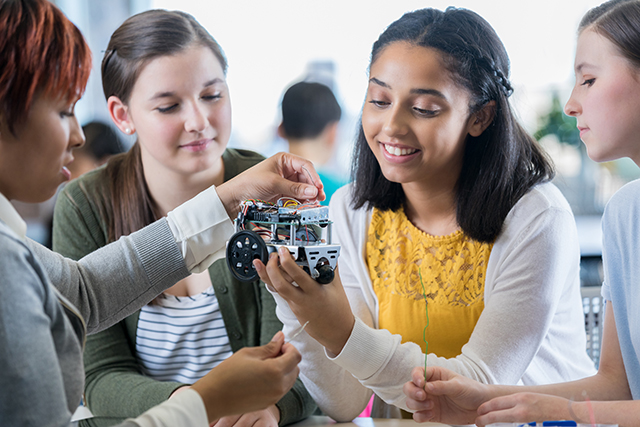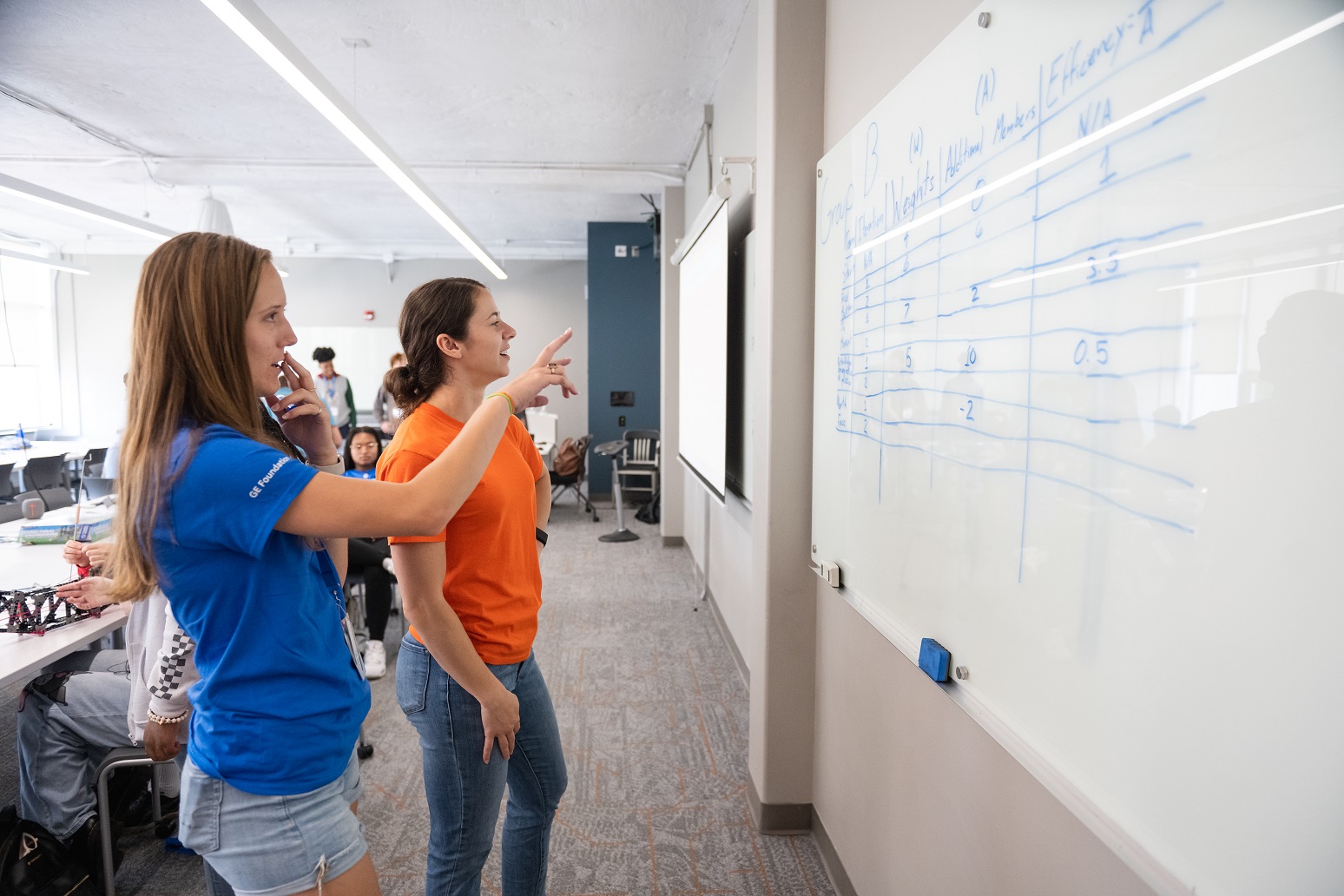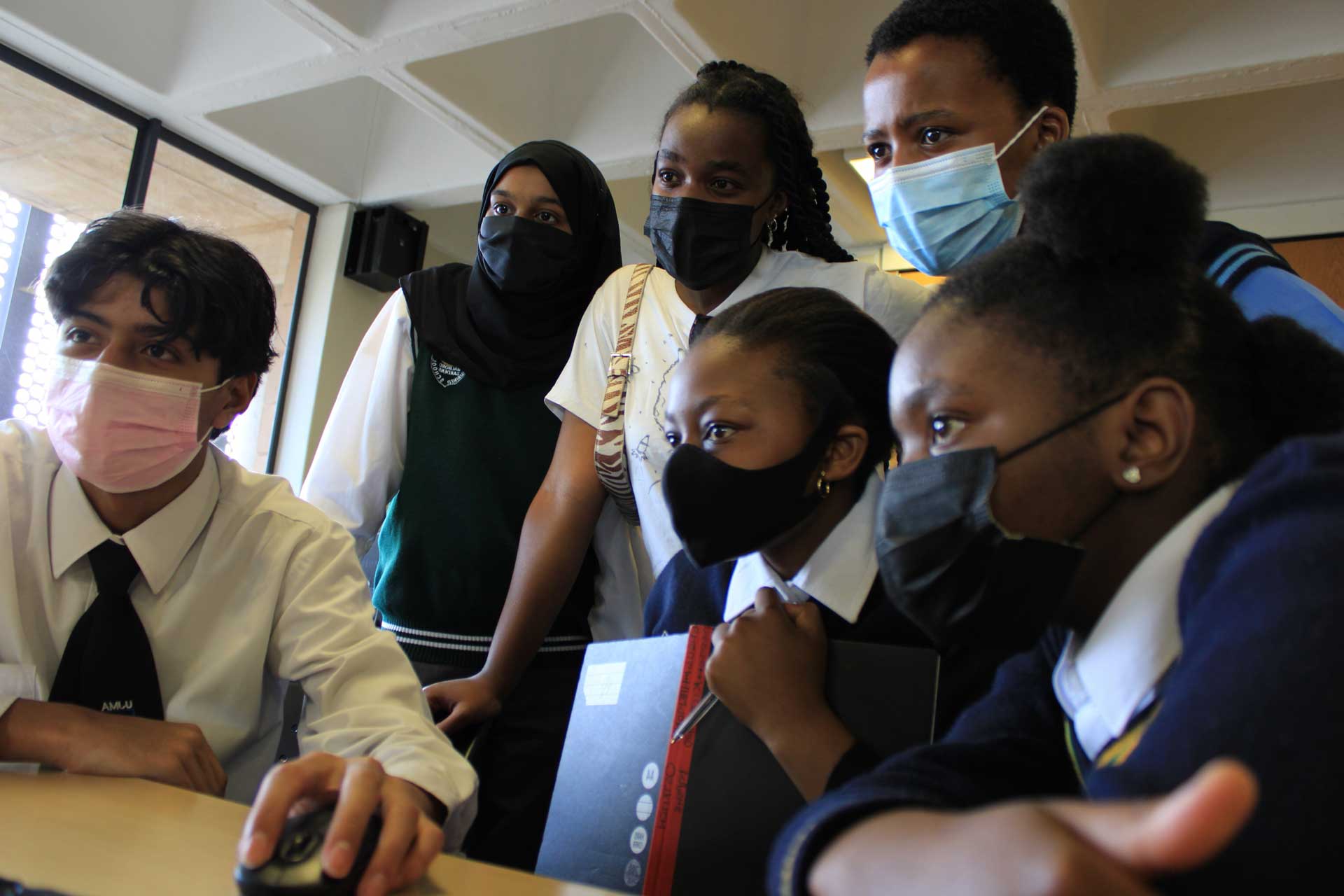

The James Webb Space Telescope is designed to see infrared radiation, the kind of radiation given off by warm things. Webb also needs solar energy to run all its instruments. But if the primary mirror and instruments are bathed in sunlight, they are going to get warm and give off their own infrared radiation. This would interfere with infrared being detected from space.
One of the major engineering problems that had to be solved was how to keep the mirrors and instruments very cold (-220oC or -364oF) while still harnessing the Sun’s energy for power. The solution? A huge tennis court sized umbrella.
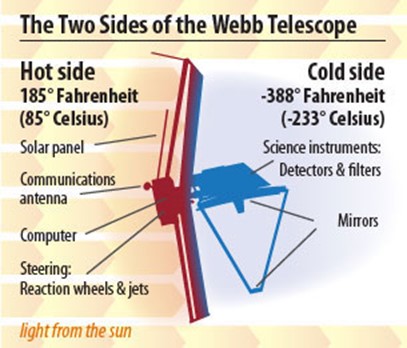
Everything in the universe that is even a little warm gives off light. This includes stars, planets, people, and lumps of coal. The hotter an object, the shorter the wavelength of light that is given off. The Sun, being very hot, gives off most light in the visible spectrum. You, being cooler, give off light in the infrared spectrum.
Learn more by watching The Ultraviolet Catastrophe (6:31)
Then you can play with this Blackbody Spectrum simulation from the University of Colorado.
This umbrella or sunshield is made up of five layers of a special material, called Kapton, coated in aluminum. Each layer radiates some of the Sun’s heat away. The layers are perfectly spaced so that as much heat energy as possible can be radiated away.
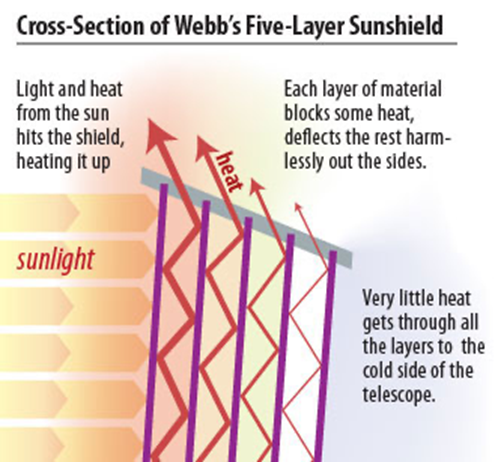
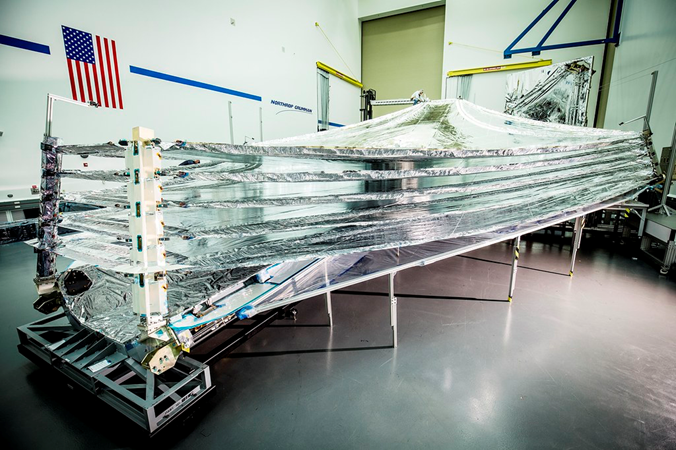
Why do you think we say something is ‘white hot’?
Visit the UC Santa Barbara's Science Line to see if you are right.
